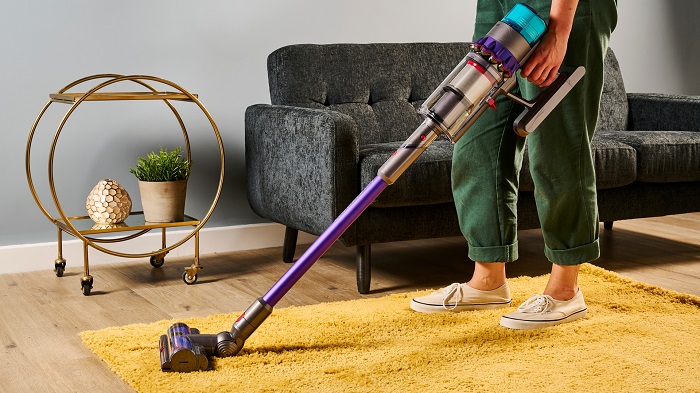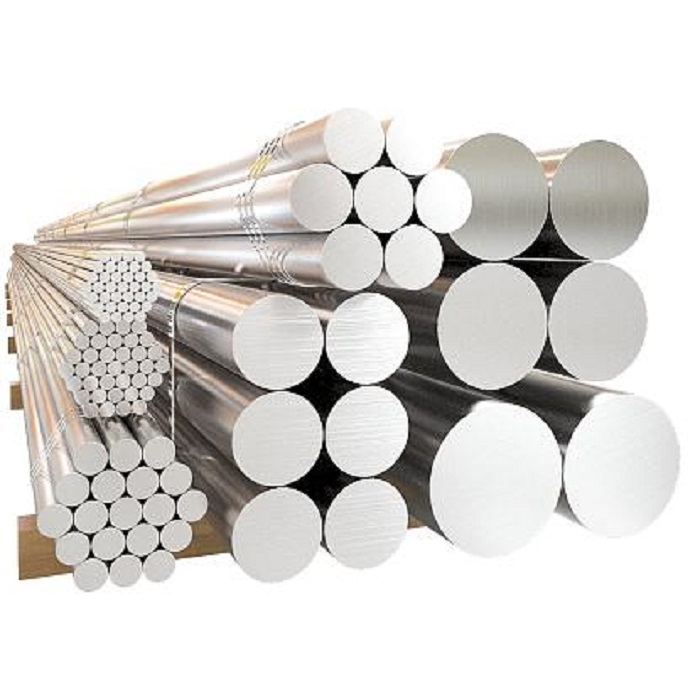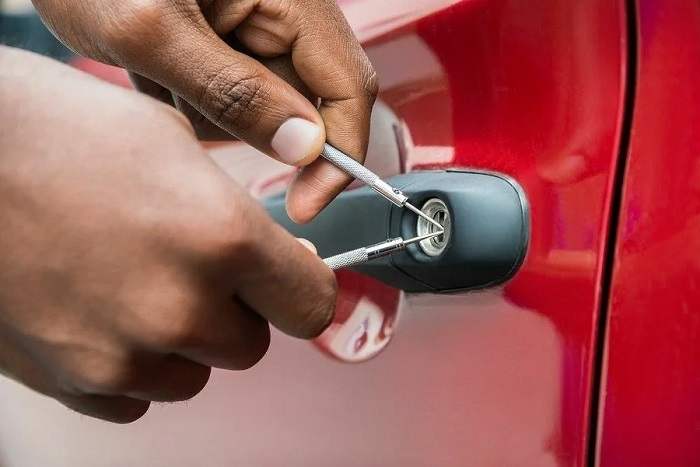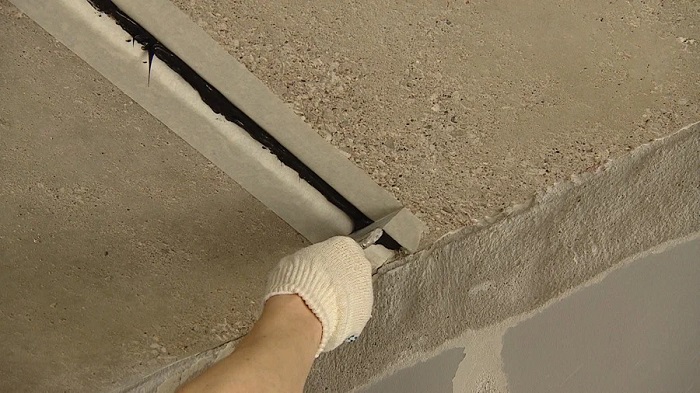Right now we will deal with a very important and necessary matter, namely, we will find out how to repair the mixer, which, as always at the most inopportune moment, has stopped blocking water, does not want to open or simply spray with water in different directions (this also happens).
How to repair the mixer
Today, our experimental rabbit will be a classic model of a mixer with two handle adjustment handles for a washbasin. On it and today we will understand how to repair the mixer. For starters, here it is in all its glory. I ask you to love and complain – the manufacturer of production KFA (Poland), the Retro model with ceramic (opening angle of 90 degrees) heads. Almost all manufacturers have approximately the same mixers, so the repair algorithm (with some amendments) can be applied to other mixers. I think everyone will agree with me that in order to repair a qualitatively mixer, you need to know what parts it consists of, t. e. Understand its device. Let’s start studying from the bottom of the mixer.
The design of the mixer
In the photo I cut the upper part and we can see that two hoses of water supply are approached from below to the mixer, they are called flexible eyeliner. They serve to supply cold and hot water to the mixer. Do not forget to block the water supply before disconnecting them from the water supply and unscrew them from the mixer case!!!
In the middle there is a spill of fastening, on it is a clamping nut that needs to be unscrewed in order to remove the mixer from the washbasin. The nut presses a large metal washer, it, in turn, is pressed through the rubber sealing gasket against the lower part of the washbasin. Maybe he wrote and is not very clear, but everything can be seen in the photo. In addition, if your mixer is equipped with a bottom valve, you will need to disconnect the valve thrust. As you can see, there is nothing complicated from below the mixer. Structurally, other manufacturers may not have one, but two mounting studs. But this is not a significant difference. Yes, and there is nothing to repair at the bottom of the mixer, except to replace the water supply hoses that have served their term.
Next, we will take the nose of the mixer. Its design is visible in the next photo.
Aerator
This part is called aerator. It is needed to mix the air in the flow of water. As a result, a stream of water becomes very pleasant and soft, just some velvet. It consists of two parts. The aerator itself, consisting of a plastic case with a set of nets inside and aerator clip – in the photo is a brilliant cylindrical part with external carvings. A rubber washer is used to compact a threaded connection. This part is quite often clogged with small mechanical particles and ceases to fulfill its function, and sometimes, due to serious pollution, it practically does not pass water, changes the direction of the flow, sprinkles water in different directions. This part of the mixer is repaired is very simple. If this is mechanical pollution, twist the aerator from the body and rinse with water. If the part is overgrown with water stone or has mechanical damage, then it simply changes to the same new part. As you can see, it is very simple to repair this part of the mixer.
We go to the main details of the mixer. The photo shows all the internal parts of our experimental.
The design of the mixer
As you can see, there is nothing complicated here. Looking at this photo, I think the question of how to repair the mixer will disappear by itself. In a nutshell I will explain. In order to get to ceramic heads (or to the usual box of axle boxes in other models of mixers), it is necessary to extract a decorative plug from the control handle. It can be with a thread, as in our case, and it needs to be twisted counterclockwise; or just tightly inserted into the recess at the top of the handle, then it must be carefully pulled out. Next, the control handle. It can be attached either with a screw (it can be seen after removing the plug), then it needs to be twisted, or just dress tightly on the slots of the ceramic head. In this case, the pen is simply removed from them. The next part is the head of the head. It is simply unscrewed and removed. So we reached the heart of the mixer – a ceramic head. It can be twisted with a conventional wrench, replaced (in case of malfunction) with a new ceramic head and collect everything in the reverse order. I think after this short course, it will be easier to repair the mixer. Good luck in the repair.
Next time we will repair one -armed mixer.
2 comments left for the record “How to repair the mixer”.













Leave a Reply